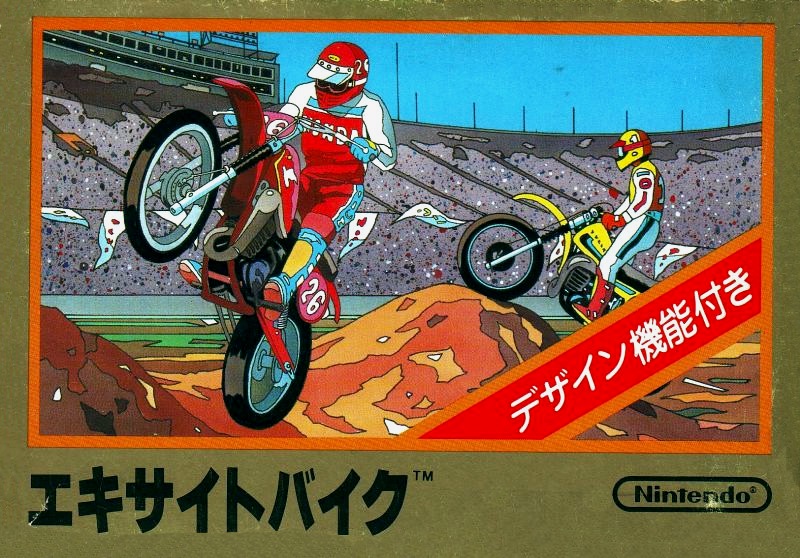

And while it’s not fair to pin all the blame on E.T., the game became a symbol for an industry-wide collapse that saw Atari lose a reported $536 million in 1983. Games that were supposed to be selling for $40 were marked down to $4. cartridges, literally, and retailers seethed over expensive inventory that sat on shelves. Naysayers who had predicted that video games were just a passing fad had seemingly been proven correct. So did other Atari games that had been saturating the market. Most went unsold and then into a landfill. But Atari, eager to capitalize on the movie, made millions of copies. It was objectively terrible players hated it. Programmer Howard Scott Warshaw banged out a primitive game that featured the lovable alien falling into pits and struggling to get out. The Extra-Terrestrial, but it had to be done in a matter of weeks to come out in time for Christmas. Atari agreed to produce a game based on his seminal 1982 film E.T. Well, it wasn’t exactly Spielberg’s fault. The Extra-Terrestrial and Steven Speilberg Portrait Session 1982 / Aaron Rapoport/GettyImages The home video game boom was on.Īnd then Steven Spielberg messed it all up.Į.T. There weren’t many pixels to go around, but kids were drawn by the elaborate game box art that promised sweeping adventures. A number of systems were launched during this period, but the most significant was probably the Atari 2600, which brought games like Space Invaders to television screens. Naturally, companies were looking for ways to bring that arcade experience home. Adjusted for inflation, that’s over $10 billion in today’s dollars, making it one of the highest-earning entertainment productions ever made. Space Invaders in particular was stuffed with so many quarters that by 1983 its revenue topped $3.8 billion. In the late ‘70s and early ‘80s, arcade games like Pac-Man and Space Invaders became cultural sensations, with storefronts devoted to row after row of the towering coin-operated machines. They couldn’t use the term video game.Ī young girl playing Pac-Man at a video arcade in Times Square, New York City, in 1982. To do that, they’d have to endure a pissed-off King Kong, a malfunctioning robot, and a nearly universal hatred of their newest venture-video games. For Nintendo to level up, Yamauchi would have to take the company back to its roots. The company was known primarily for playing cards, not food or vibrating beds. So did Nintendo’s other attempts to branch out from games, like manufacturing instant rice and selling vacuum cleaners. But despite his patronage, the idea of turning a profit on your boss’s scandalous affairs wasn’t a very good one. It’s said one of the love hotel’s best customers was Hiroshi Yamauchi, the president of Nintendo. Specifically, Nintendo’s luxury love hotel, which rented rooms by the hour and catered to harried working professionals who wanted to carry on discreetly. Check out a trailer for Shooting after the break.In the 1960s, if you were a Japanese businessman who wanted to be unfaithful to your wife, it behooved you to get in touch with Nintendo. DS ga Sakasa Desu Kedo: Sakasa Drops takes the same approach and applies it to a falling-block puzzle game. Using the DS's touch screen, players control the enemies firing downward at what is usually the player ship. It's a pretty faithful adaptation of the original, something that can't be said for Tecmo's Are? DS ga Sakasa Desu Kedo: Gyaku Shooting, a shooter with elements of its own Star Force, but played from the other side - and with the DS upside down. Japanese gamers get to experience the joy of Excitebike with a different camera angle and online play today, with the release of Excitebike World Rally (as "Excitebike World Race").


 0 kommentar(er)
0 kommentar(er)
